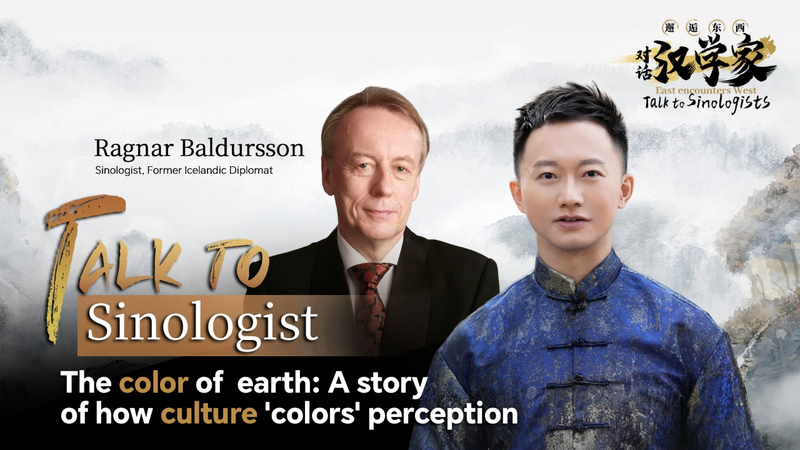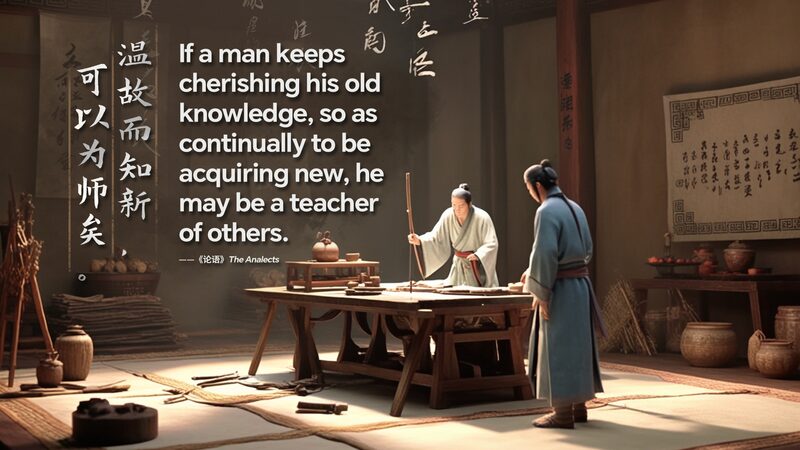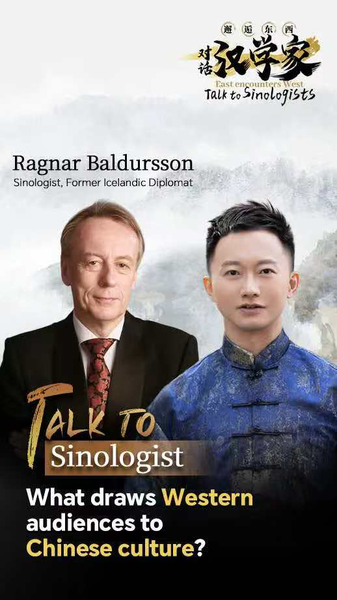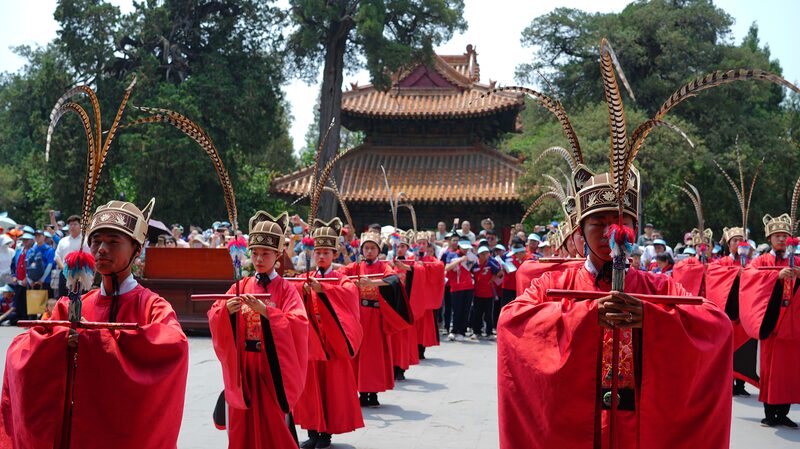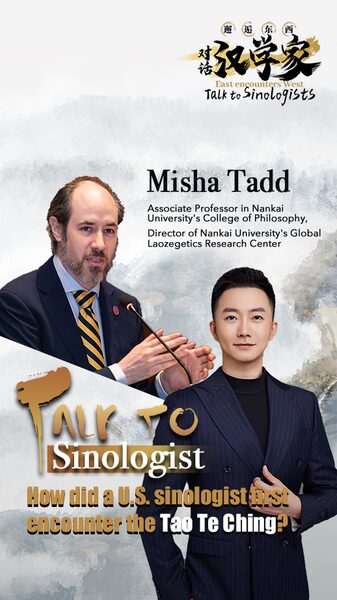When Icelandic Sinologist Ragnar Baldursson debated the color of soil with a Chinese classmate, he uncovered more than a linguistic quirk – he revealed how deeply culture influences perception. While Baldursson saw light brown earth contrasting with Iceland’s dark volcanic soil, his counterpart insisted: "It’s yellow."
The disagreement stems from fundamental differences in color classification. In traditional Chinese culture, brown isn’t considered a primary color, often described through contextual terms like "yellow soil" or "tea-colored." This distinction creates unique challenges when translating classical Chinese texts, where color descriptions carry symbolic weight in philosophical works like The Analects of Confucius and Tao Te Ching.
"These aren’t just vocabulary gaps," Baldursson explained. "They represent different ways of seeing the world. When translating concepts like ‘yellow earth’ – which evokes China’s loess plains and cultural identity – we risk losing layers of meaning if we simply match dictionary definitions."
The discovery highlights why cross-cultural communication requires more than linguistic fluency. As global interest in Asian philosophy grows, scholars emphasize the need to preserve these nuanced perspectives that shape everything from art to environmental understanding.
Reference(s):
The color of earth: A story of how culture 'colors' perception
cgtn.com
